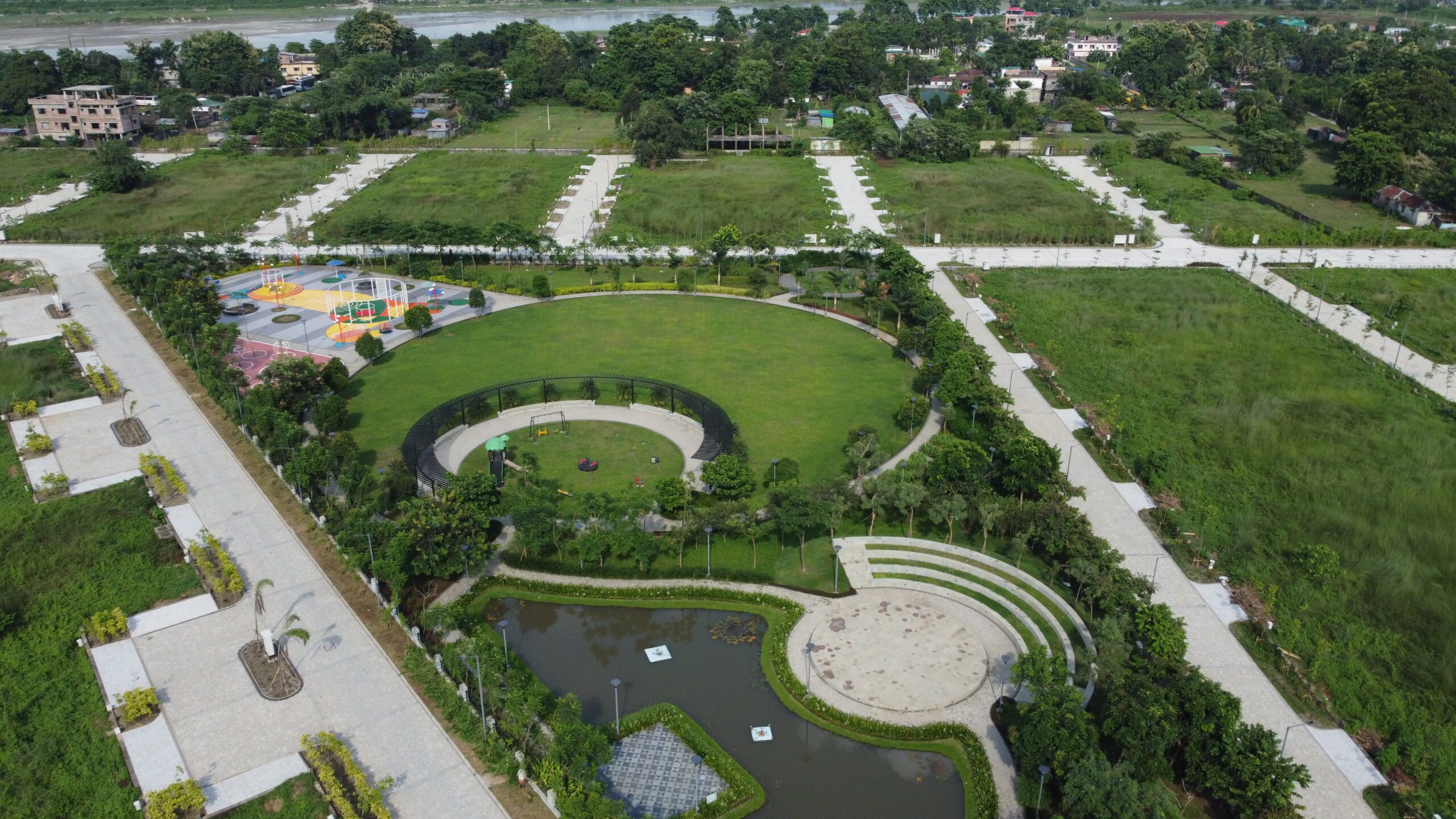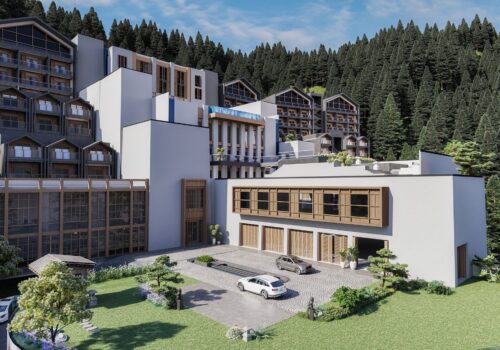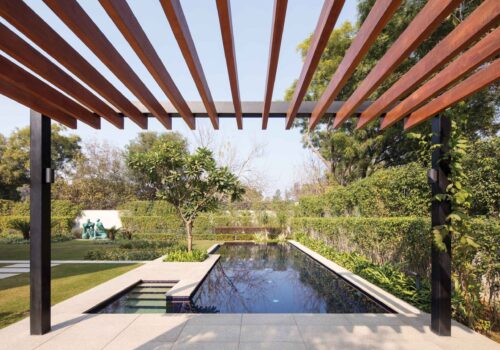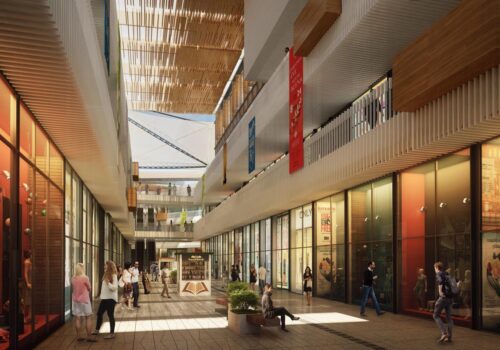Could a Community-Centric Approach to design foster Vibrant Cities?
In the dynamic realm of urban planning, community engagement spaces have emerged as a transformative force, reshaping how we experience and connect with our cities. These spaces, strategically designed to bring people together, are integral to creating vibrant, sustainable urban environments. Let’s explore the broader implications of community engagement spaces.
Towering structures, bustling streets, and a constant hum of activity often characterise urban landscapes. However, the true essence of a city lies in its ability to foster a sense of community and connection among its inhabitants. Community engagement spaces within institutional buildings or along riverfronts serve as dynamic platforms for interaction, dialogue and shared experiences.
Our project, SMR Jaipuria School in Lucknow, is a small-scale representation of this transformative approach. Schools, often vacant for a significant portion of the day, represent untapped potential regarding infrastructure and land use. Integrating public art and architecture, such as the school’s prominent art wall, turns these spaces into vibrant hubs for community engagement. Beyond its physical presence, the art wall becomes a canvas for meaningful expression, inviting local artists, students, and community members to contribute to an ever-evolving masterpiece.
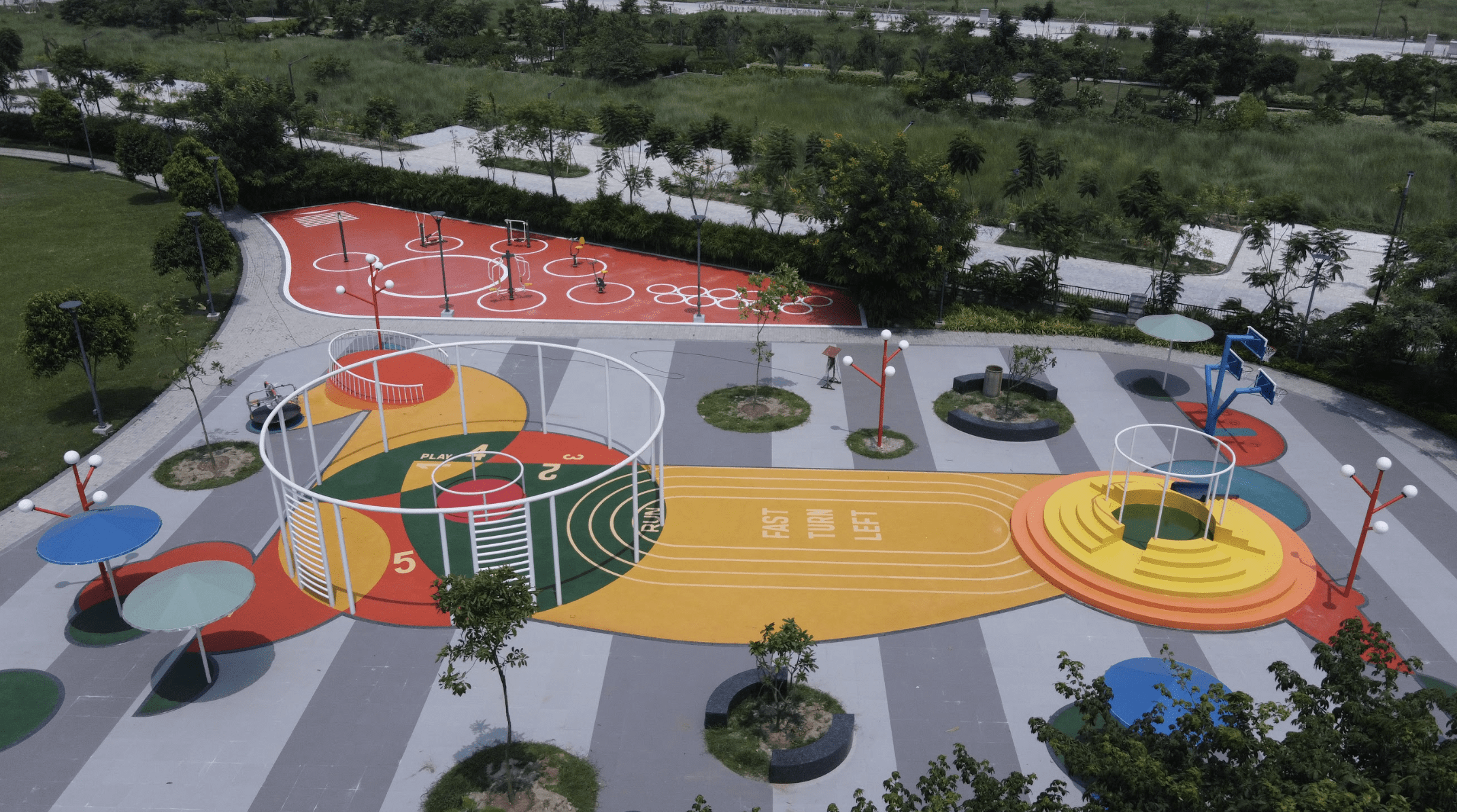
Another project, the Ambuja Utsodhaara Teesta township, situated along the Mahananda River, seamlessly integrates riverfront spaces and strategically weaves them into urban planning. Along the Mahananda River, shared amenities such as auditoriums, cultural centres, and sports facilities are not confined to the schools but are open to the broader community, fostering a sense of shared ownership and purpose.
The idea of giving back extends beyond physical spaces to include thoughtful urban planning. Both projects exemplify a commitment to creating spaces that serve their primary functions and enhance the community’s overall well-being. The SMR Jaipuria School’s art wall serves as a testament to the power of public art in fostering community identity and engagement.
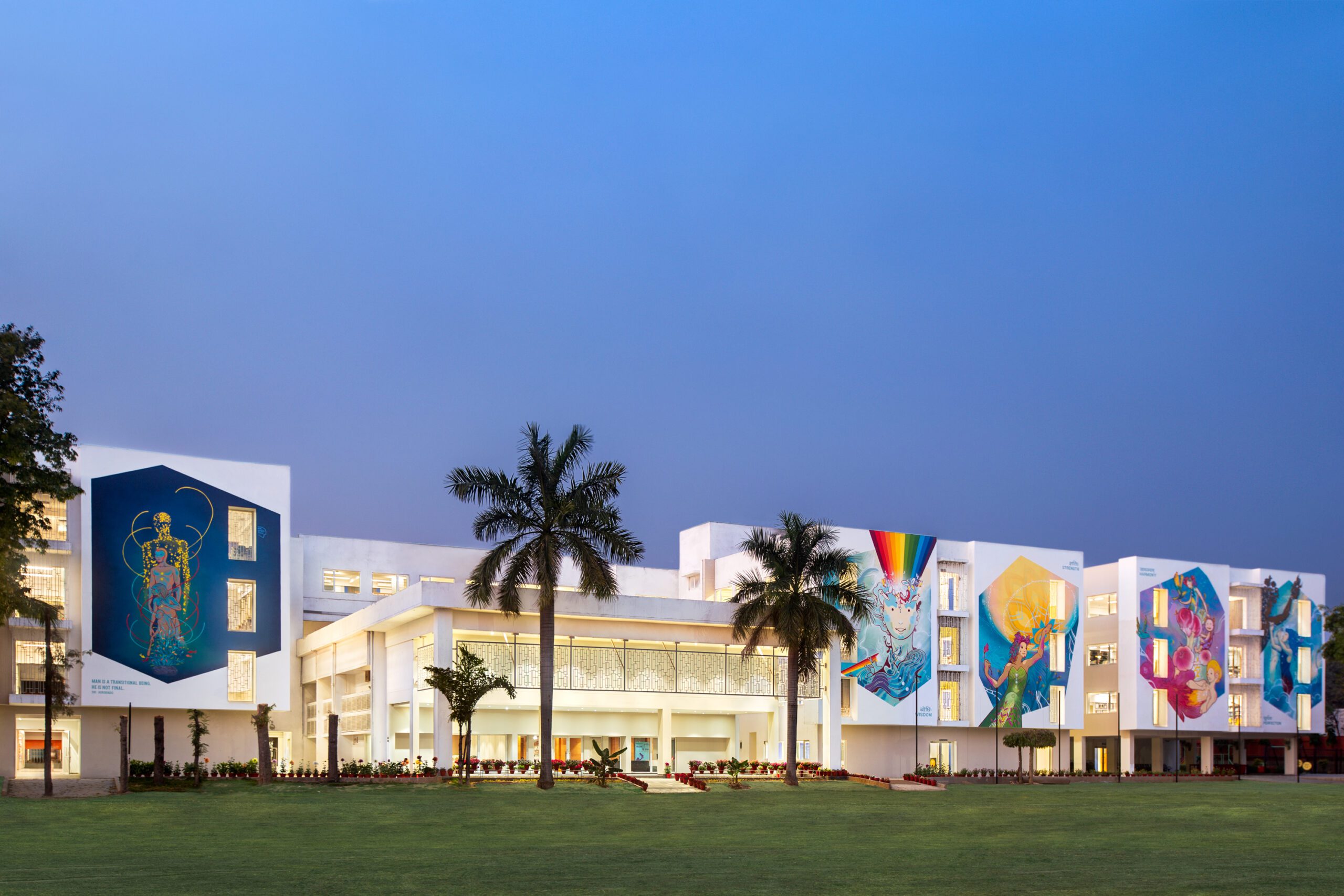
Community engagement spaces that embrace users are pivotal in shaping dynamic, thriving communities. A holistic and community-centric approach to urban planning is crucial as cities evolve. By embracing the philosophy of giving back to the community, urban spaces become aesthetically pleasing and socially and economically enriching. Innovative, people-centric endeavours can seamlessly weave into the fabric of urban life, creating environments where communities connect and contribute to the collective well-being of all residents.
